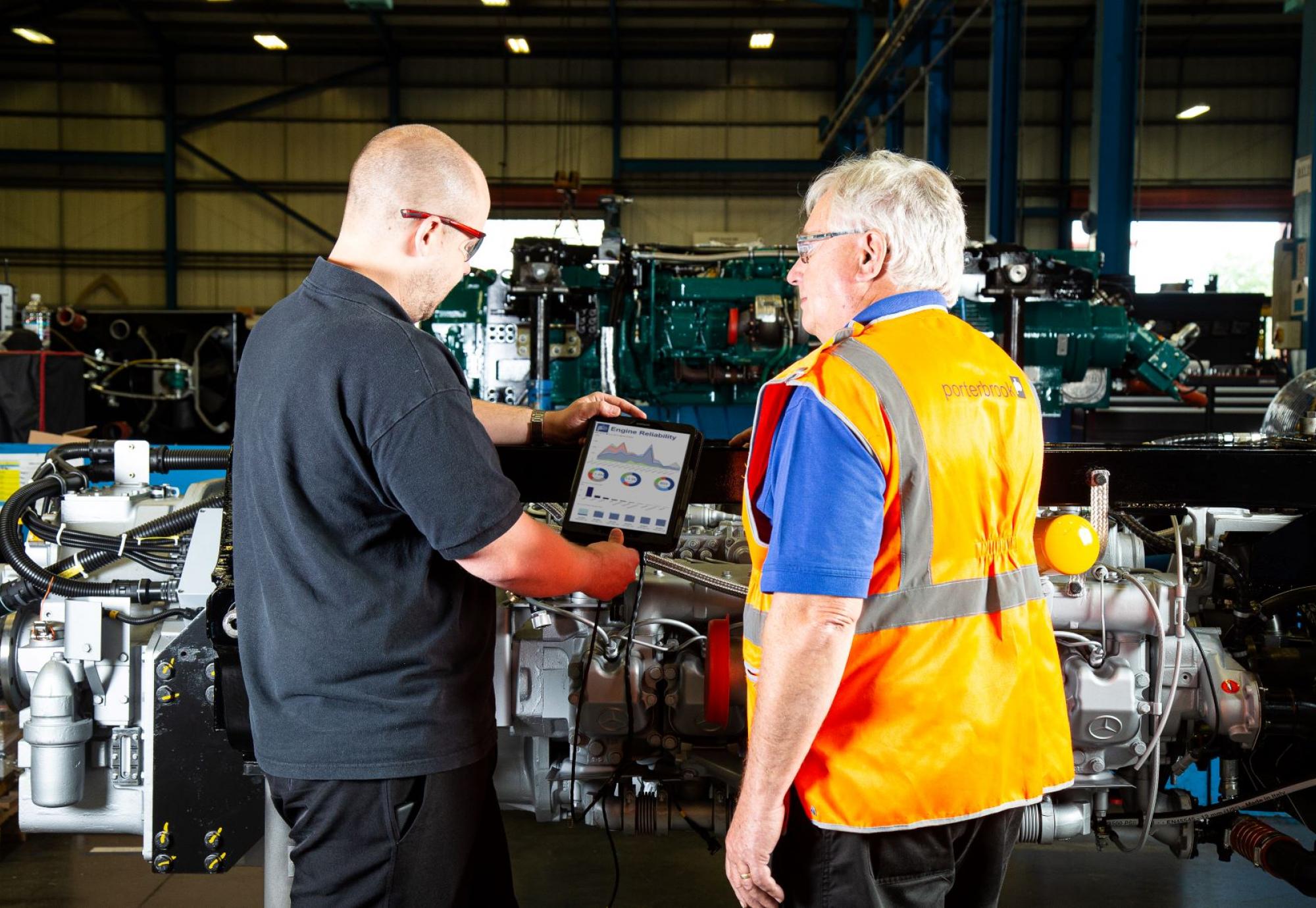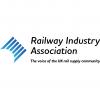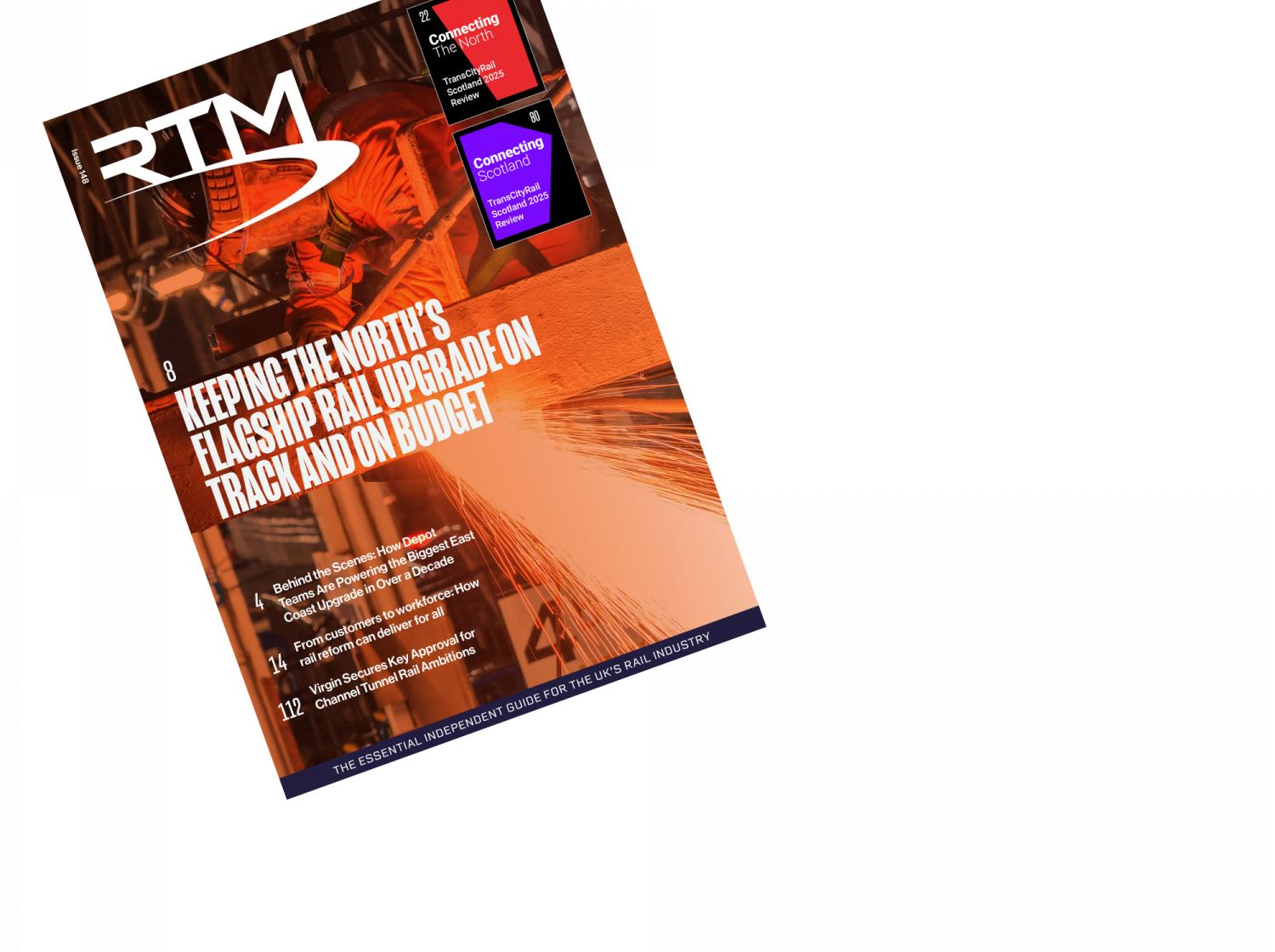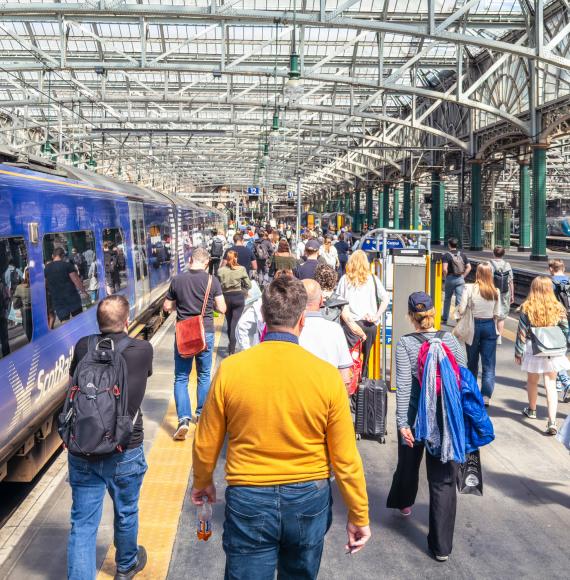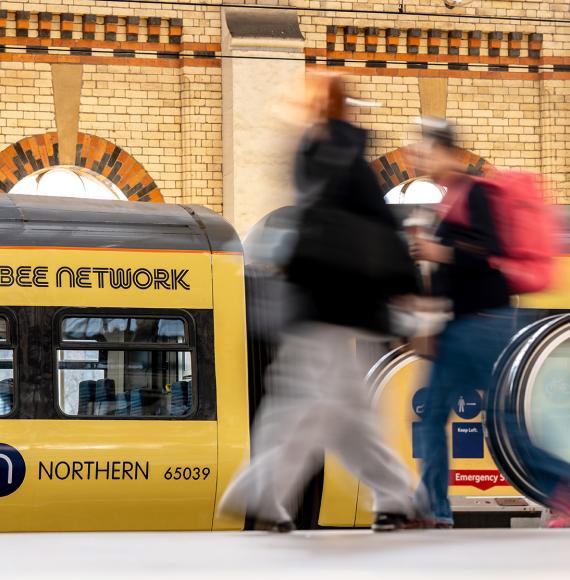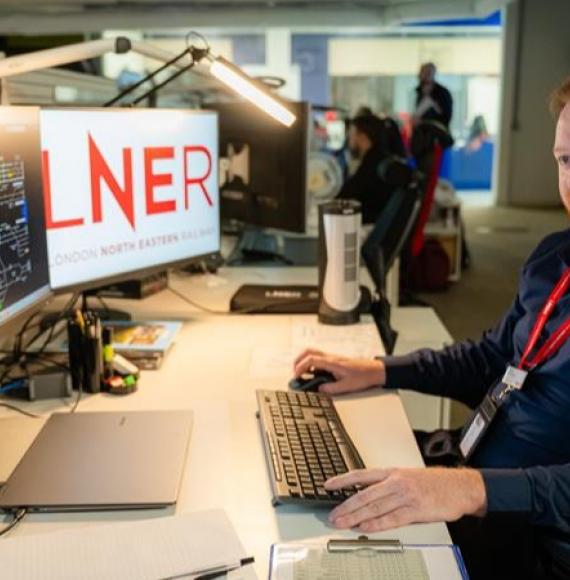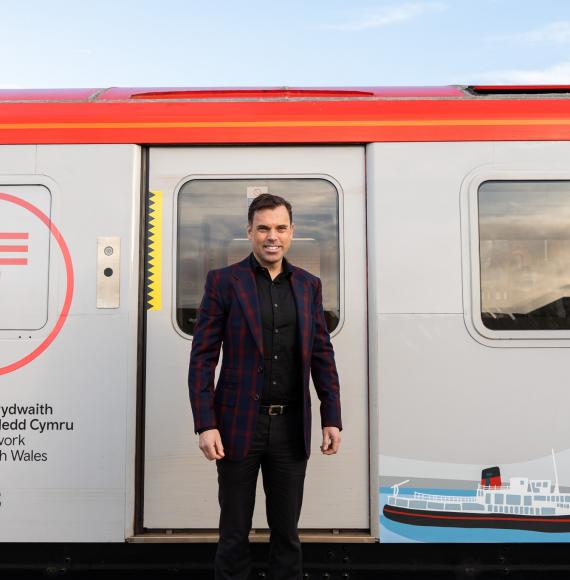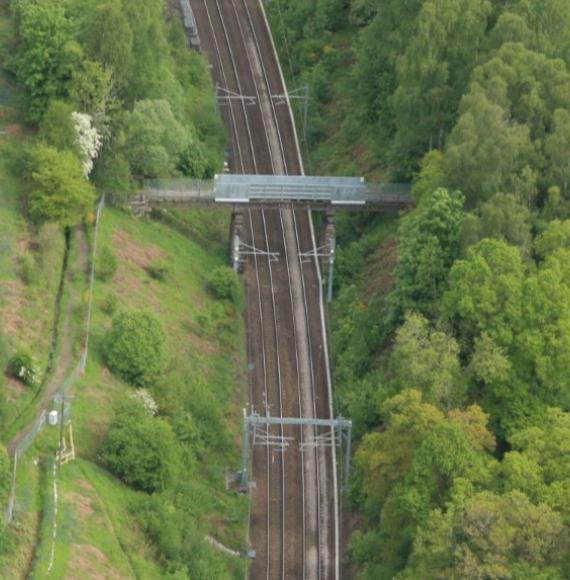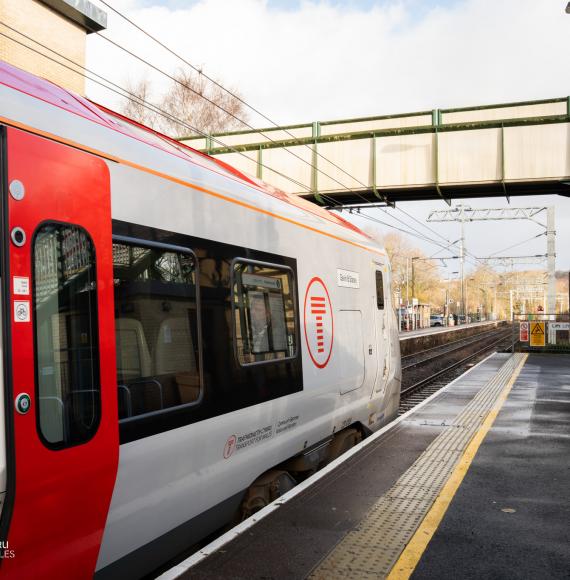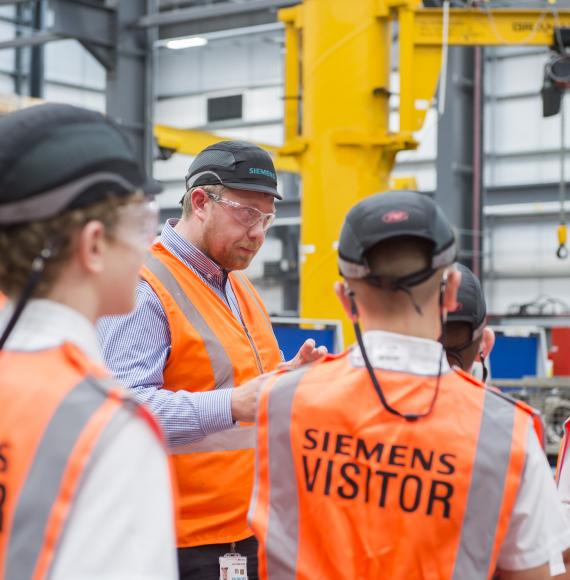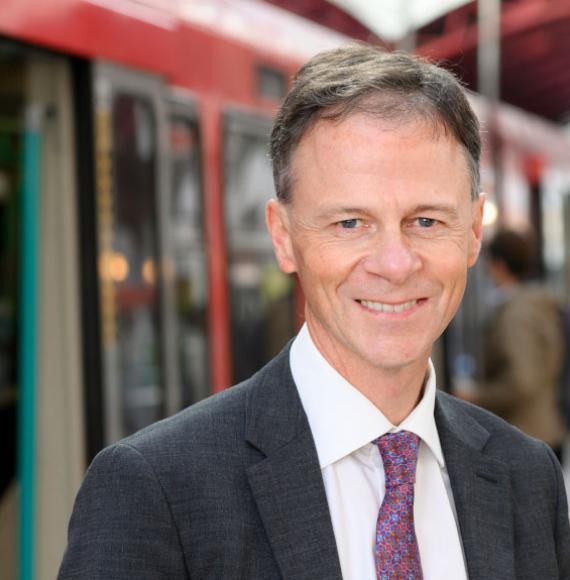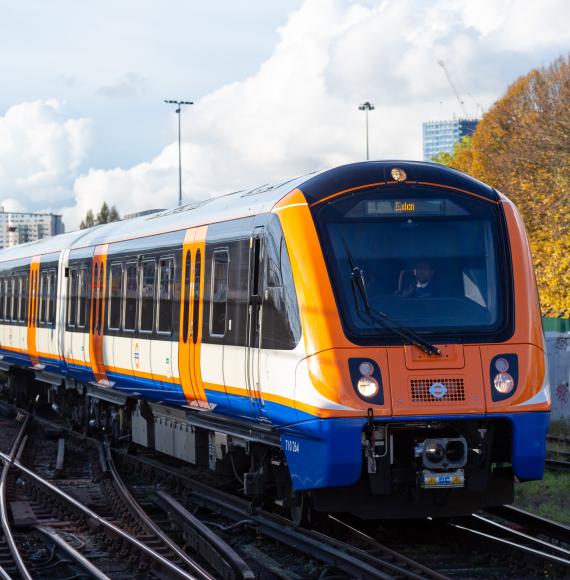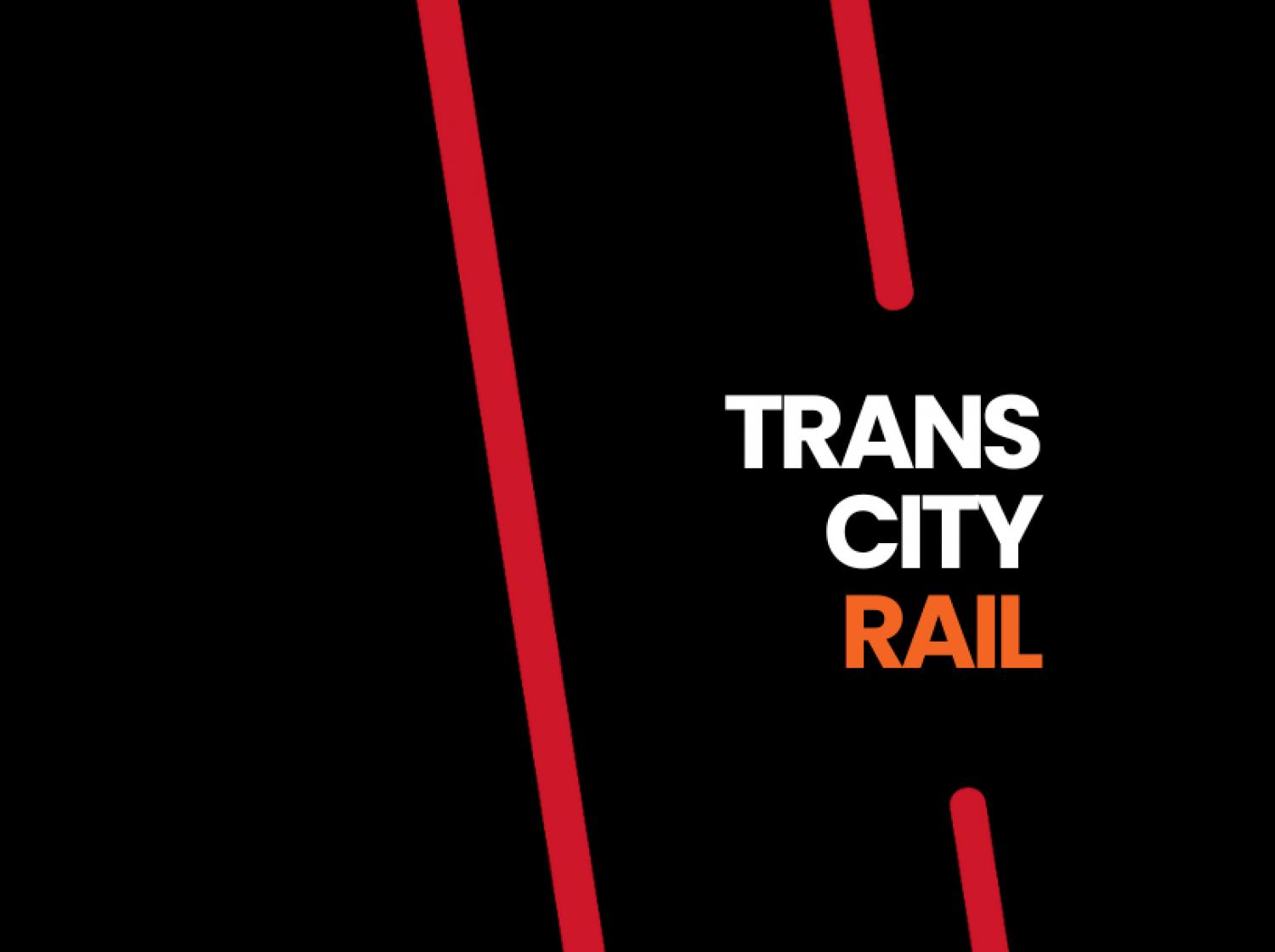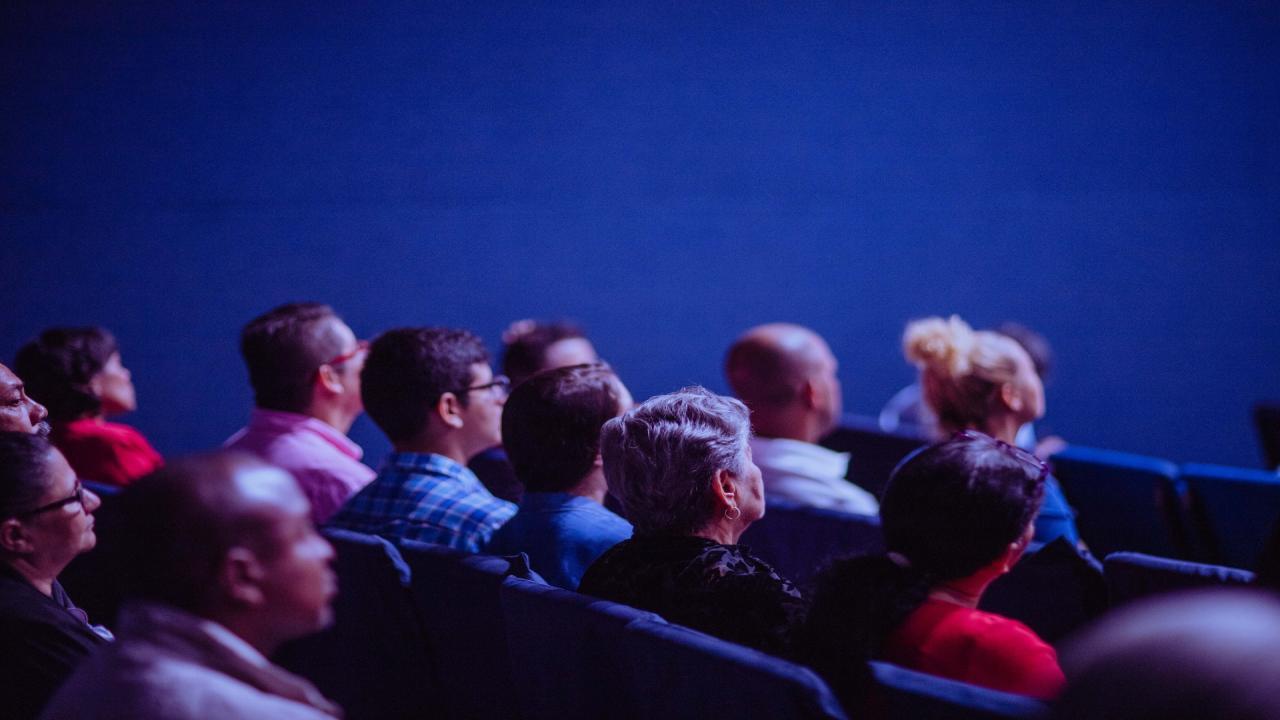As part of their Unlocking Innovation programme, RIA held a webinar on “Data-driven Maintenance”. The sessions explored how data and digital technology is transforming both train and infrastructure maintenance, improving the safety of the railways and ensuring the best possible passenger experience.
The event featured four sessions, designed to tell the story of a typical organisation’s application of reliability-centred maintenance: Knowing your asset, collecting your data, interpreting your data, and changing your business. This session concentrated on knowing your asset: the underlying asset knowledge, and understanding of degradation and failure, required for a successful specification of remote condition monitoring (RCM) hardware, software and business change.
The first talk of the day came from Balfour Beatty Professional Head of Signalling and the President of the Institute of Railway Signal Engineers (IRSE) Ian Bridges - who is well-placed to discuss digital capabilities after a 44-year career in rail.
Ian joined the IRSE in 1980, joining the committee for Midlands and Northwestern Section in 1982, a position he still holds to this day! Now, as President, his theme for the year is the ‘Age of the Intelligent Railway’.
Ian stressed that being able to monitor trains and infrastructure is “critical” for eliminating the downtime of assets and trains to ensure there is minimal impacts on passengers and freight. He was clear that one of the key benefits is taking boots off the ground which reduces carbon emissions and improves safety – a more targeted approach creates a range of efficiencies.
When asked where he thinks the railway is on this journey, Ian said the UK was inconsistent – “If you take the UK it is still a bit patchy, as there is some really modern pieces of railway and some which are a little older”.
The event then heard from Dr Luis Neves from the University of Nottingham and Dr Gareth Calvert from Network Rail, who shared a practical study on predicting how bridges deteriorate across the Network Rail asset base. They explained that current models are based on relatively simple modelling, which do not allow comparison of different strategies or long-term costs.
Dr Neves revealed they have used what is known as a ‘Petri net’ model, a more complex model to map trends in data. Through this the team has developed a probabilistic framework to predict all aspects of the life-cycle of bridges, taking into account the impact of local environmental conditions. That allows the team to develop maintenance strategies related to predictions of how the bridge will deteriorate. This provides sound justification for decisions around investing now to extend asset life, saving money down the line – applying new paint is a simple example.
At each Unlocking Innovation event, RIA try to invite a presenter from a different industry facing similar challenges to rail. This event therefore then moved on to tackle a slightly unusual question - How do submarines and trains compare? RIA welcomed Jon Constable, Managing Director Atmosphere Management Systems at tpgroup – a consulting, digital solutions and engineering services business looking to bring their learning from the defence and energy sectors into the rail - to explain how.
According to Jon, at a systems level there are many similarities. Both rail and submarine manufacturing work in a highly regulated industry with a generally 30-year life expectation of assets and both are safety critical industries. There are therefore a huge number of technological advancements happening in defence which may be applicable to the rail sector. There are also parallels in that submarines undergo refits throughout their life cycle, as trains do.
Jon emphasised that the key lesson for rail is to make better use of the remote monitoring in the way that they currently do on submarines. tpgroup collect data such as how much carbon dioxide (CO2) they are removing from a vessel and they monitor noise signatures, allowing the team to identify what components needs to be fixed or replaced.
Another innovative example is how D/Gauge is using asset data to transform how gauging is performed across the rail network. Managing Director Colin Johnson started his career in motorsport – an industry that is very data driven and relies on instant data feeds.
They collect gauging data – i.e. the distance between the track and a bridge, platform or signal - working closely with Network Rail to provide a useful tool to frontline staff. From these discussions the team has developed their product d/gauge Rift – a platform which provides information on network wide clearance across several hundred thousand assets and even the types of train that run on each particular line.
And wrapping up the session was Colin Smith-McGloin from Unipart Rail, who covered their In-Service Monitoring product. The tool increases the frequency of measurement of infrastructure, which provides earlier warnings of potential failures, can manage operational issues of an asset, and ultimately supports move toward condition-based maintenance.
Interestingly, Unipart Rail has begun using electromagnetic field monitoring to track trains, although this is still at trial stage with Network Rail, with a view to fitting the equipment to their recording systems.
Colin also highlighted Unipart’s new Research & Development Hub which is soon to open in Doncaster, working with UKRRIN to bring new ideas and innovations into the rail industry.
RTM are hosting a virtual event based around improving passenger experience across the railway on August 18, 2021. Register to attend here.

